I had never really pursued caffenol seriously because some of the first examples photos I had seen were less than impressive. Frankly, the “unpredictable flaws in film are cool” aesthetic has never particularly appealed to me. My impression of caffenol had been tainted, and I never looked into it again. That is until now.
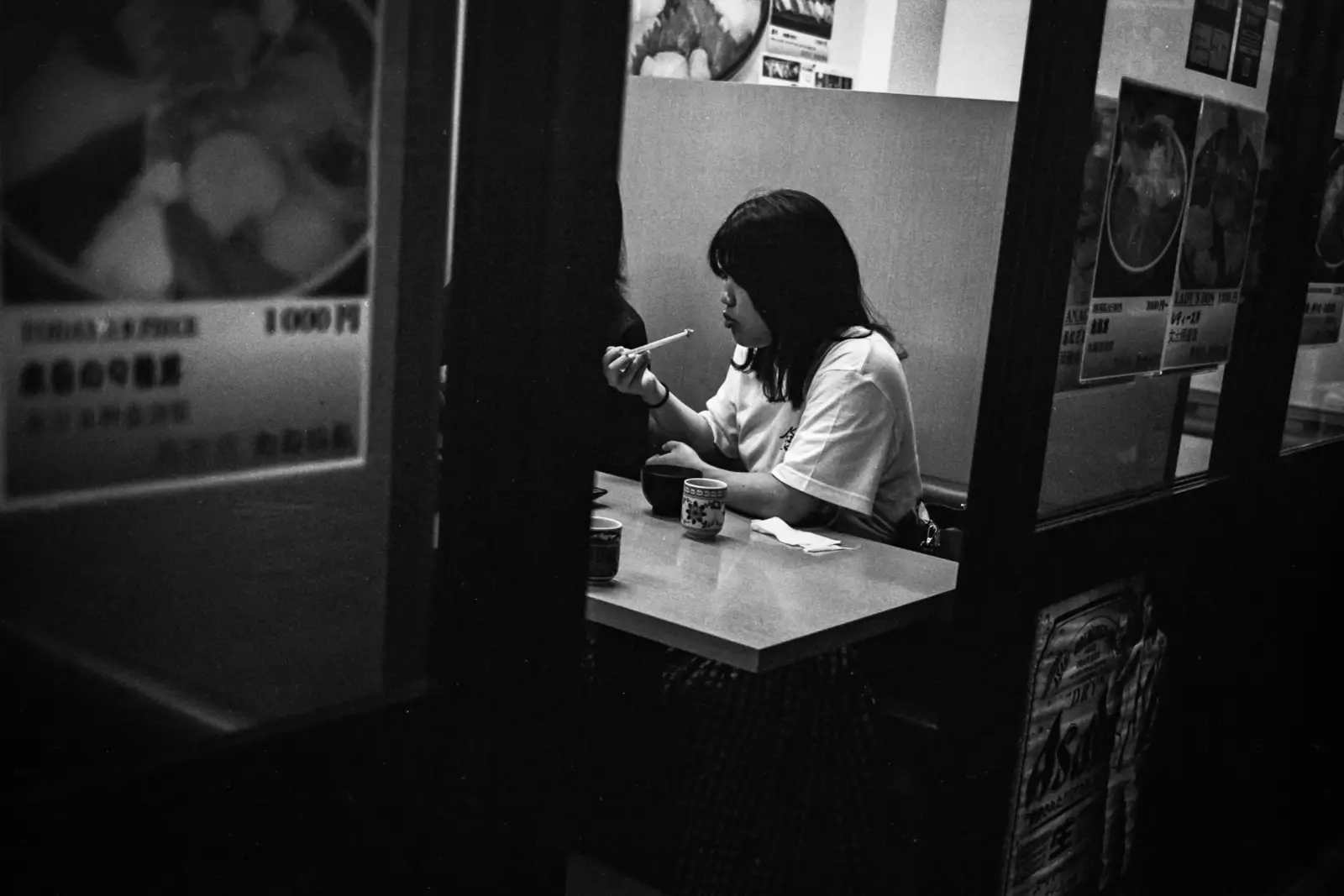
Last week when I developed a roll of film I had shot, I found that my developer had gone off. Not sure why. It had not been sitting for a long time but my roll came out underdeveloped and unusable. Thinking maybe I had underexposed by accident or the light meter in my Leica M6J was wonky, I shot a test roll. I buy 35mm film in bulk 30m reels, and wind them in magazines myself, so it is no big deal to load a magazine with six or twelve frames for a test. Turns out it was the developer and not me or my camera. Frustrated at having to dispose of four litres of developer, I began to wonder if I couldn’t just make my own developer at home. I knew about caffenol and decided to check it out again. And I really wished I had done so earlier!
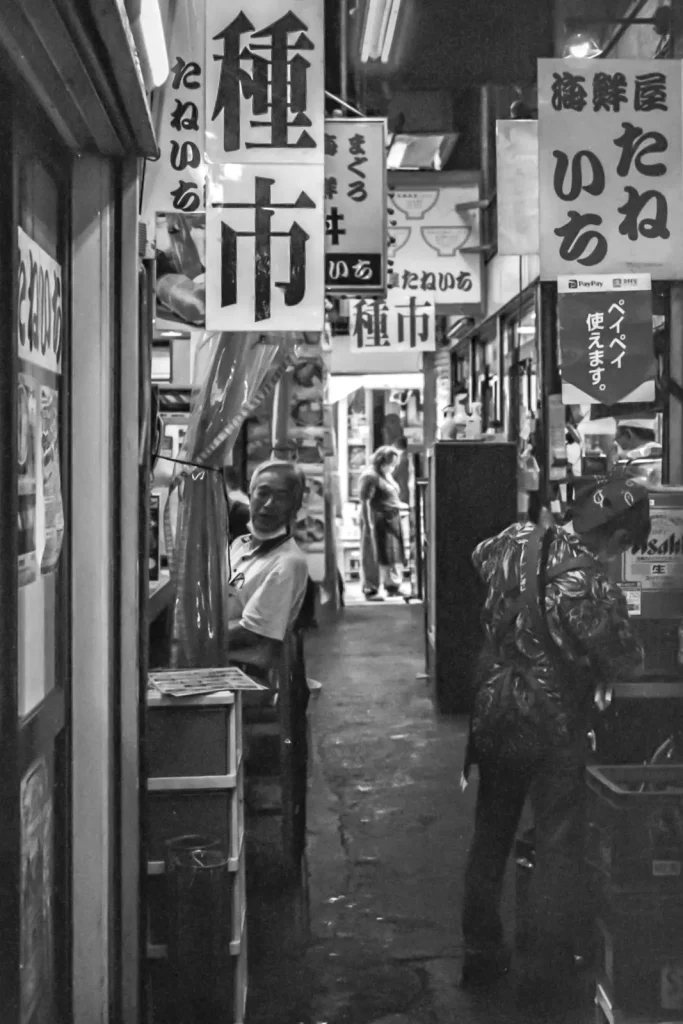
I discovered photographers have been using caffenol and other homemade recipes to produce fine art. Yes, that’s right. Fine art! The results they are getting are astounding. If you would like to see some outstanding work, download The Caffenol Cookbook. The photographs in the book really got my attention, and I decided I had to try caffenol for myself. A PDF link to The Caffenol Cookbook is here. The book includes not only the photographs, but also the developer recipes.
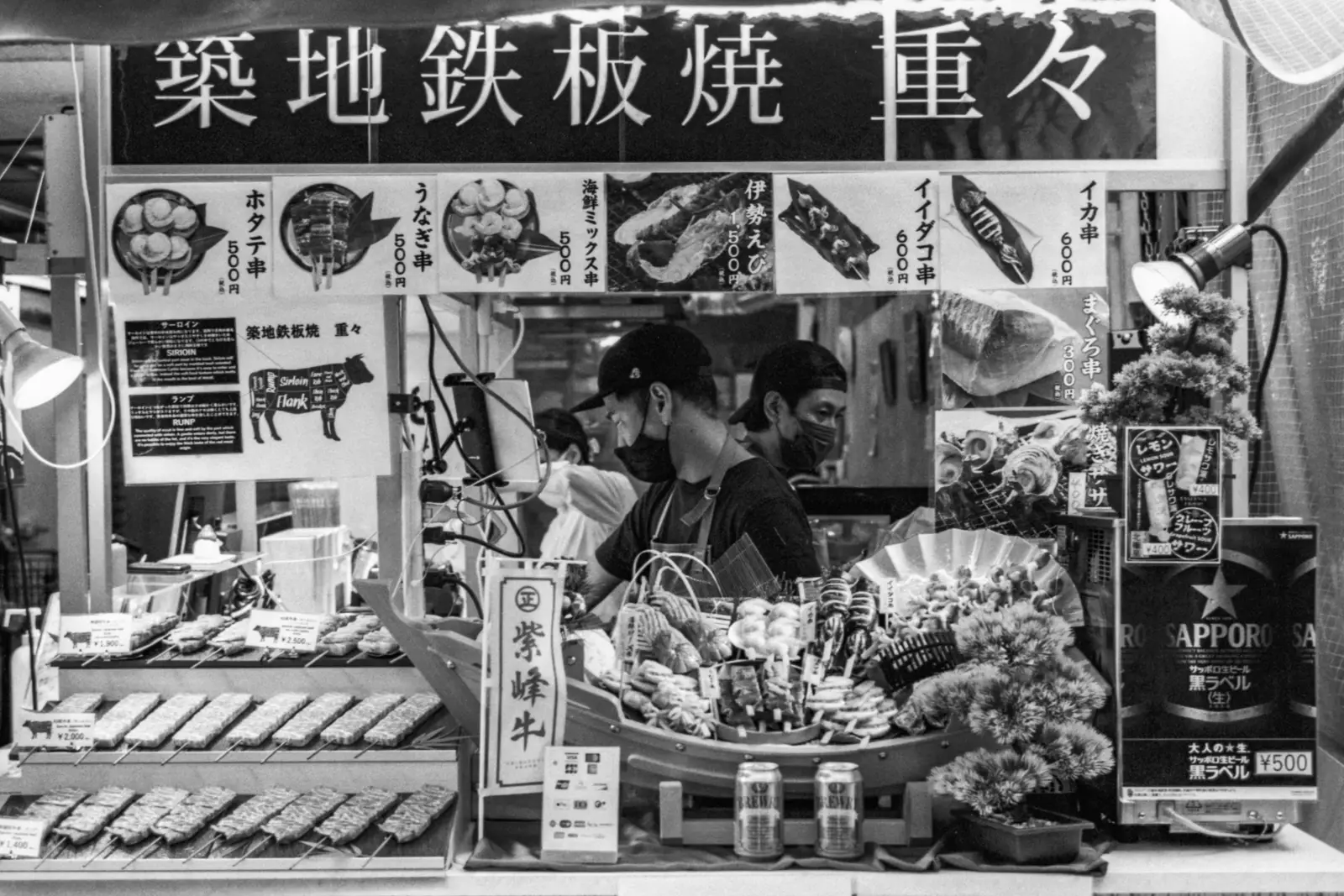
For those who are not familiar, caffenol is a developer made from three primary household ingredients–instant coffee, washing soda, and vitamin C powder. Now I am no chemist, so I will leave the chemistry explanation to others, but the key chemicals are as follows.
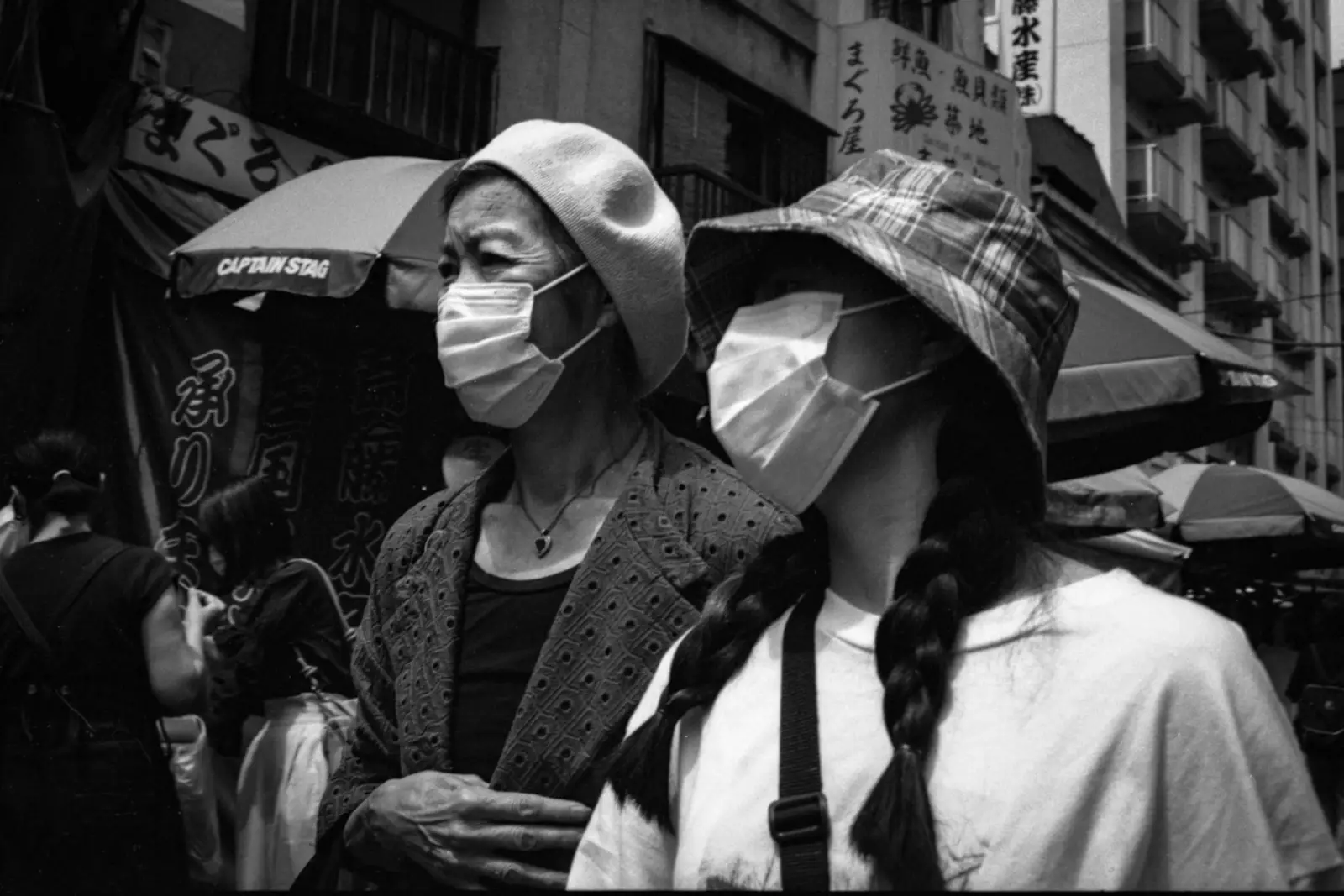
Instant coffee contains polyphenols which are found in a lot of foods and spices. Coffee is only one, but chocolate, red wine, some kinds of berries, rosemary, thyme, mint leaves, and curry powder all contain polyphenols. You can use any of these and more to make developer. Daniel Keating has a good 35mmc article on alternatives at the link here.
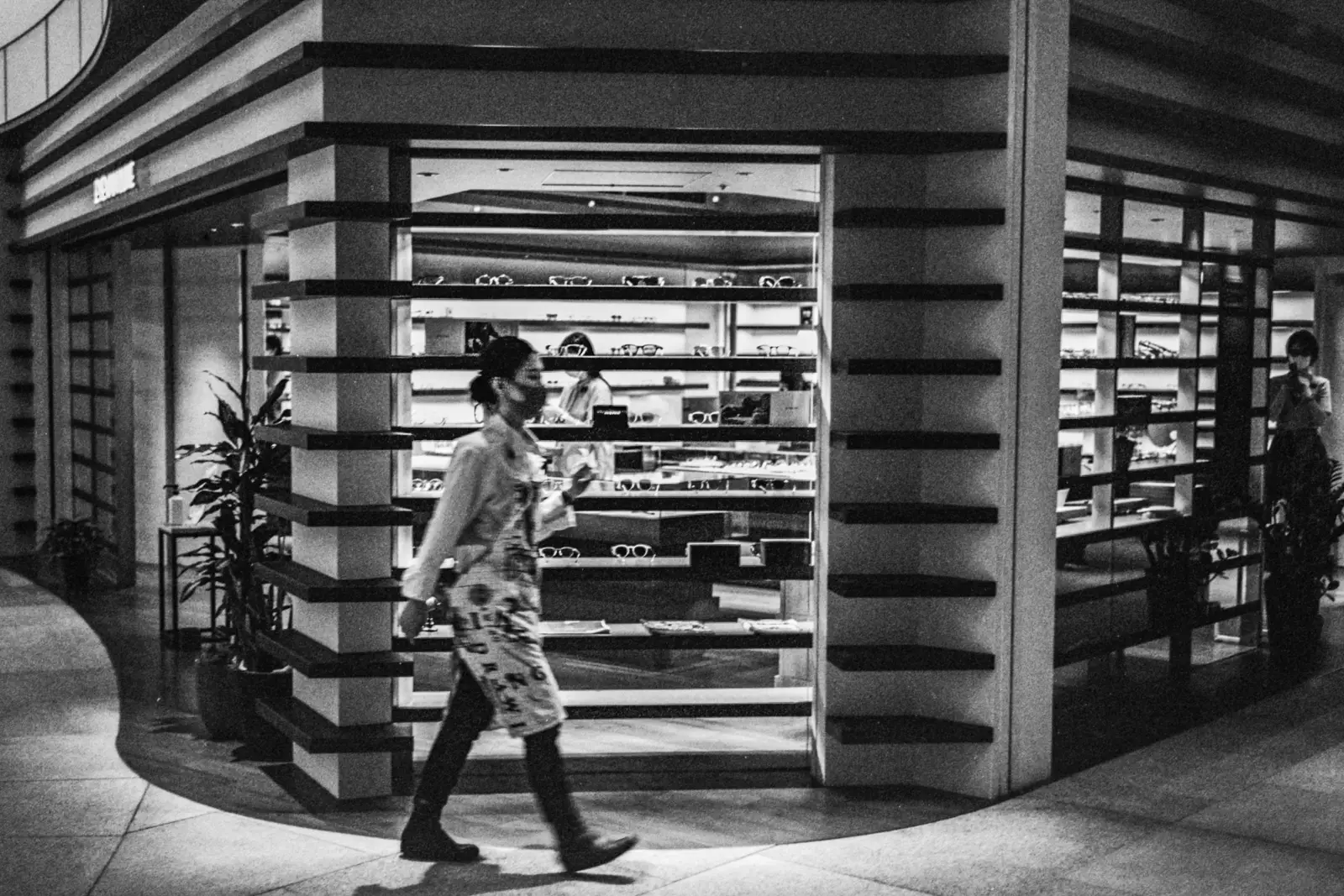
Washing soda’s chemical is sodium carbonate, not to be confused with sodium bicarbonate, which is baking soda. Washing soda is no longer commonly used, but you can still buy it. If you can’t find any, a link to a good video on how to convert baking powder to sodium carbonate by heating it on a stove is at the link here.
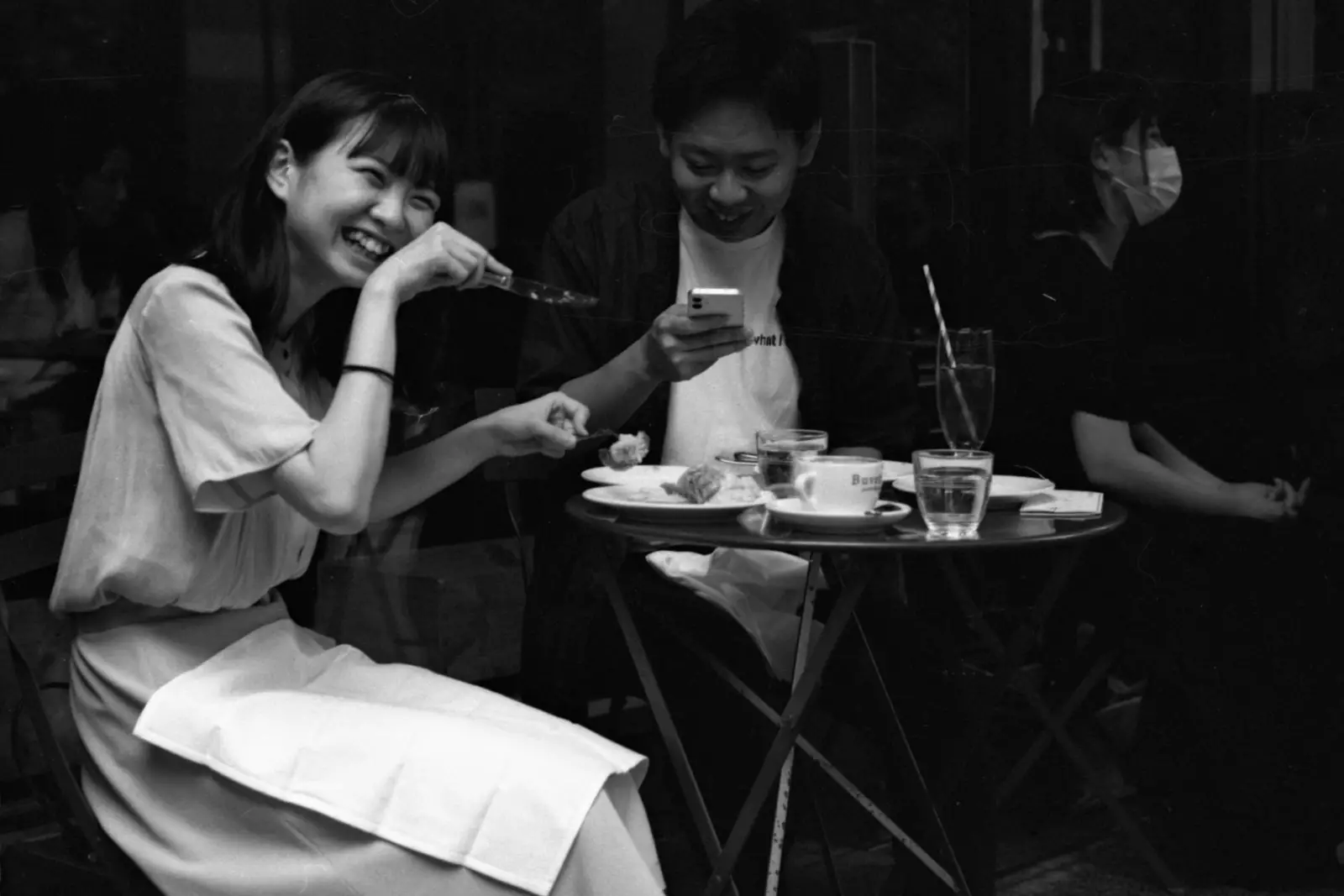
Vitamin C powder is ascorbic acid. I have read that you can also crush vitamin C tablets instead of buying the powder form, but in any case vitamin C powder is not hard to find.
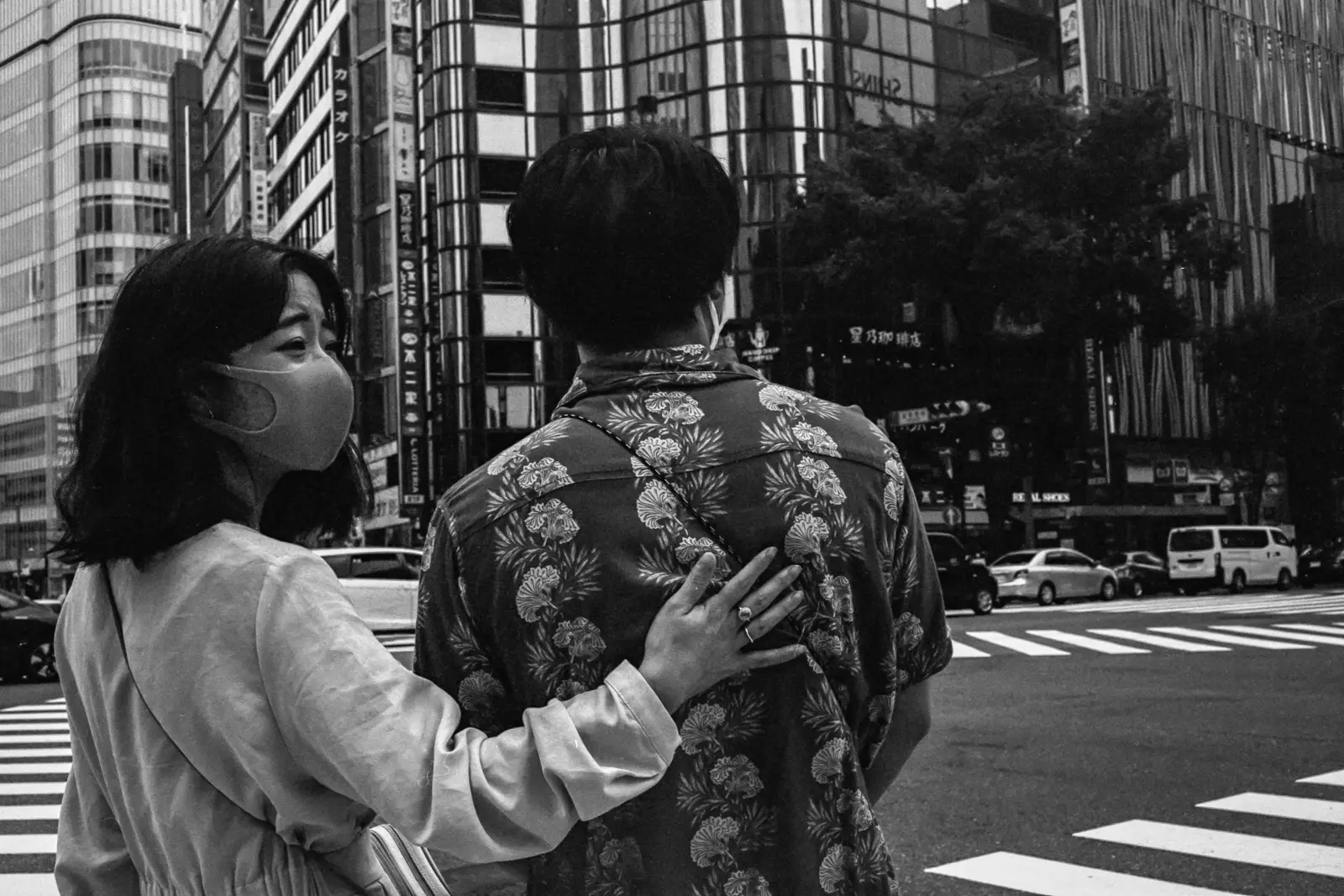
None of the ingredients listed are that hard to come by. I purchased washing soda and vitamin C powder on Amazon Japan. Instant coffee, you can get anywhere.
After some experimentation, the caffenol recipe I have settled on is below.
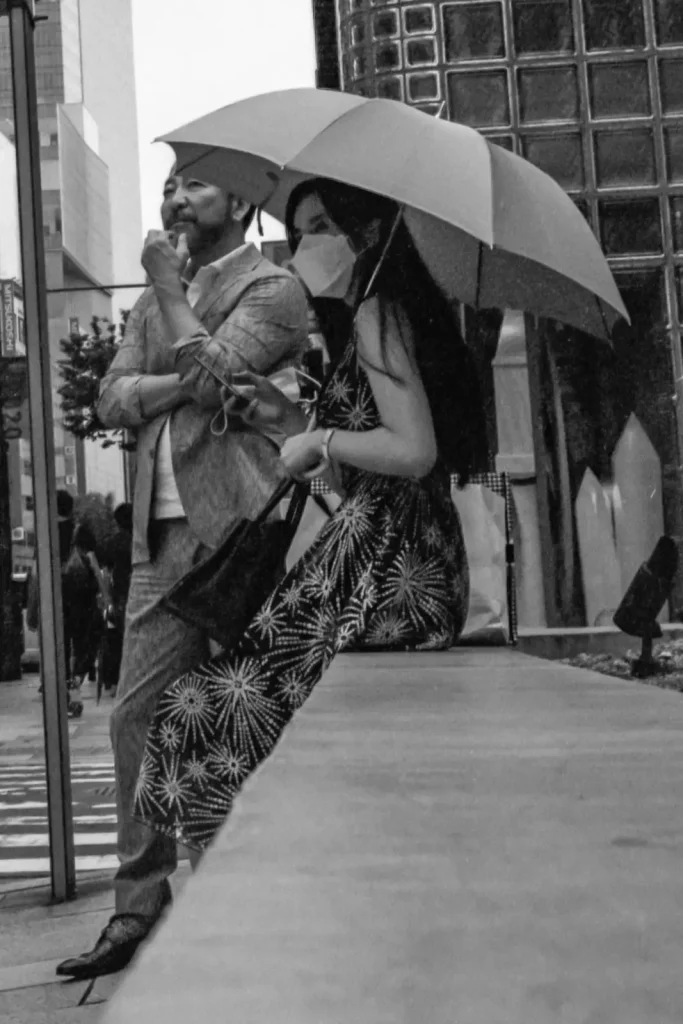
To make one litre of developer mix…
40 grams instant coffee. I use Nescafe, but have also used Illy. Brand does not seem to matter, so why not go for the least expensive?
40 grams of washing soda
16 grams of vitamin C powder
Water. I’ve been using tap water in Japan, but some people use distilled water.
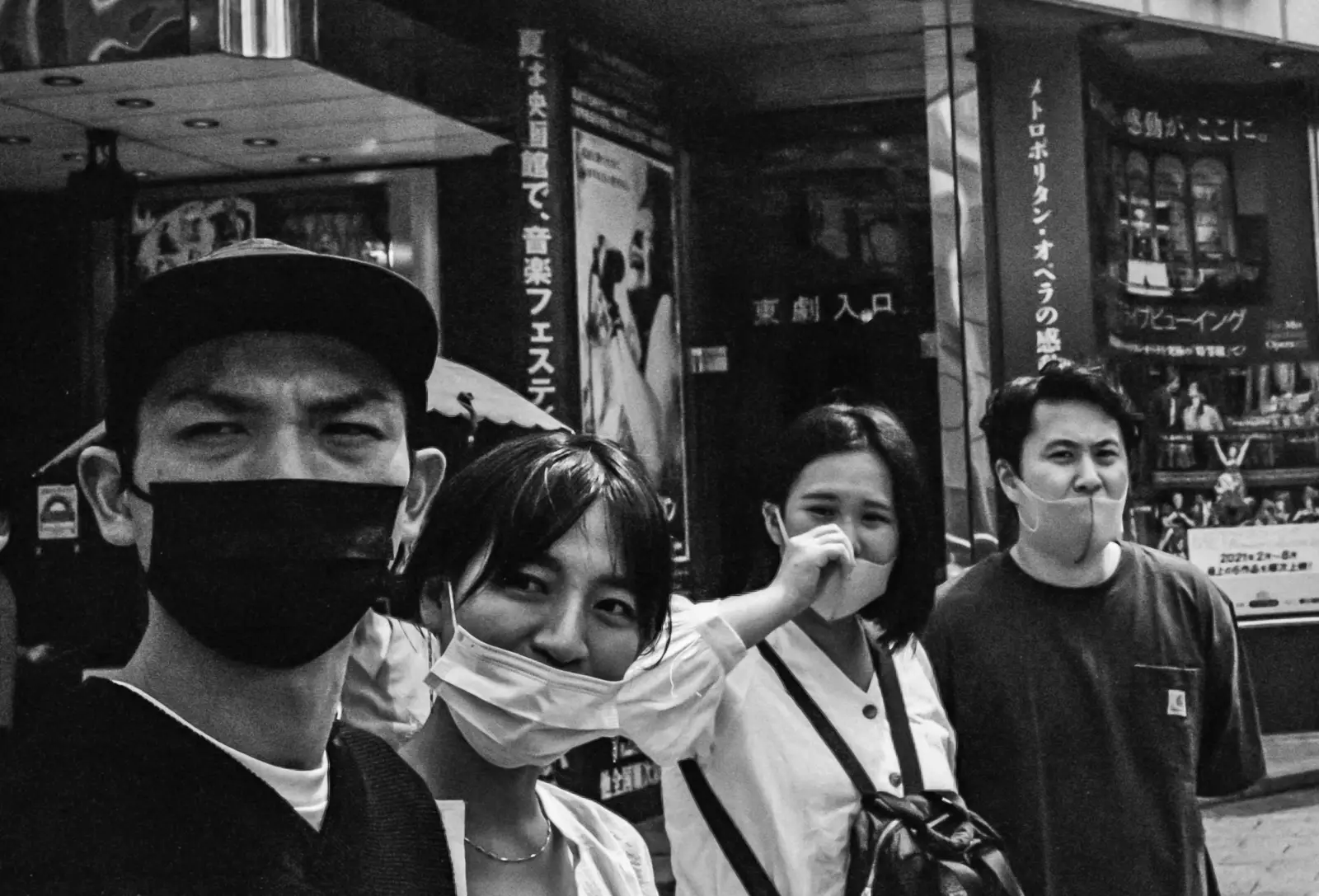
Most recipes recommend room temperature of 20C for the solution, but it’s summer as I write this and room temperature has been 24C~26C. The higher temp has not seemed to be a problem.
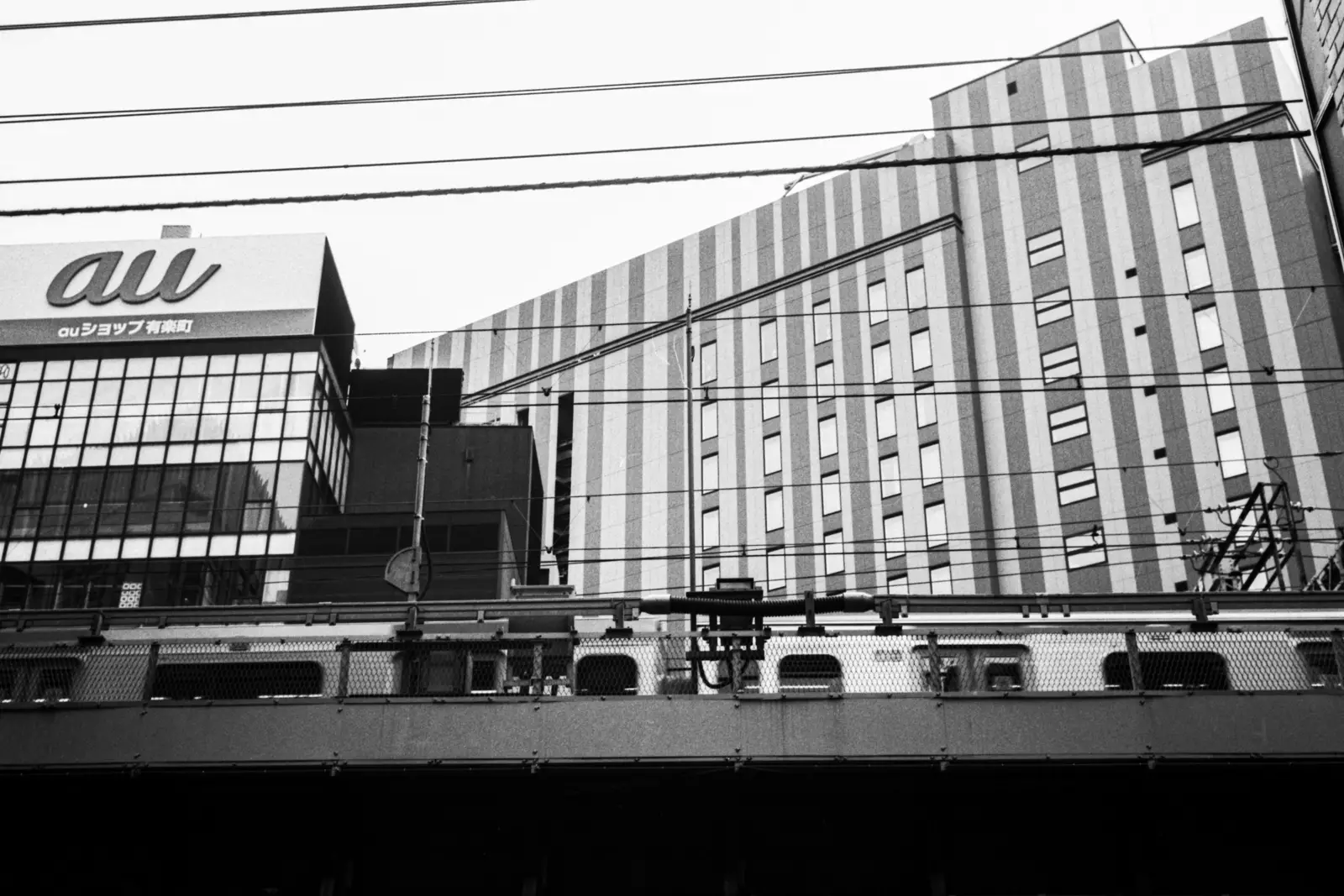
I develop for fifteen minutes, agitating first for thirty seconds and then inverting once every thirty seconds. My film is Kodak T-Max 100, and I have been shooting at ISO 650. Push processing with caffenol works.

The results seem to be more contrasty than I typically get with other developers and T-Max 100 film, but that does not bother me. I like the look. To me the contrast appears akin to say Neopan Acros 100 or Tri-X 400, but judge for yourself.
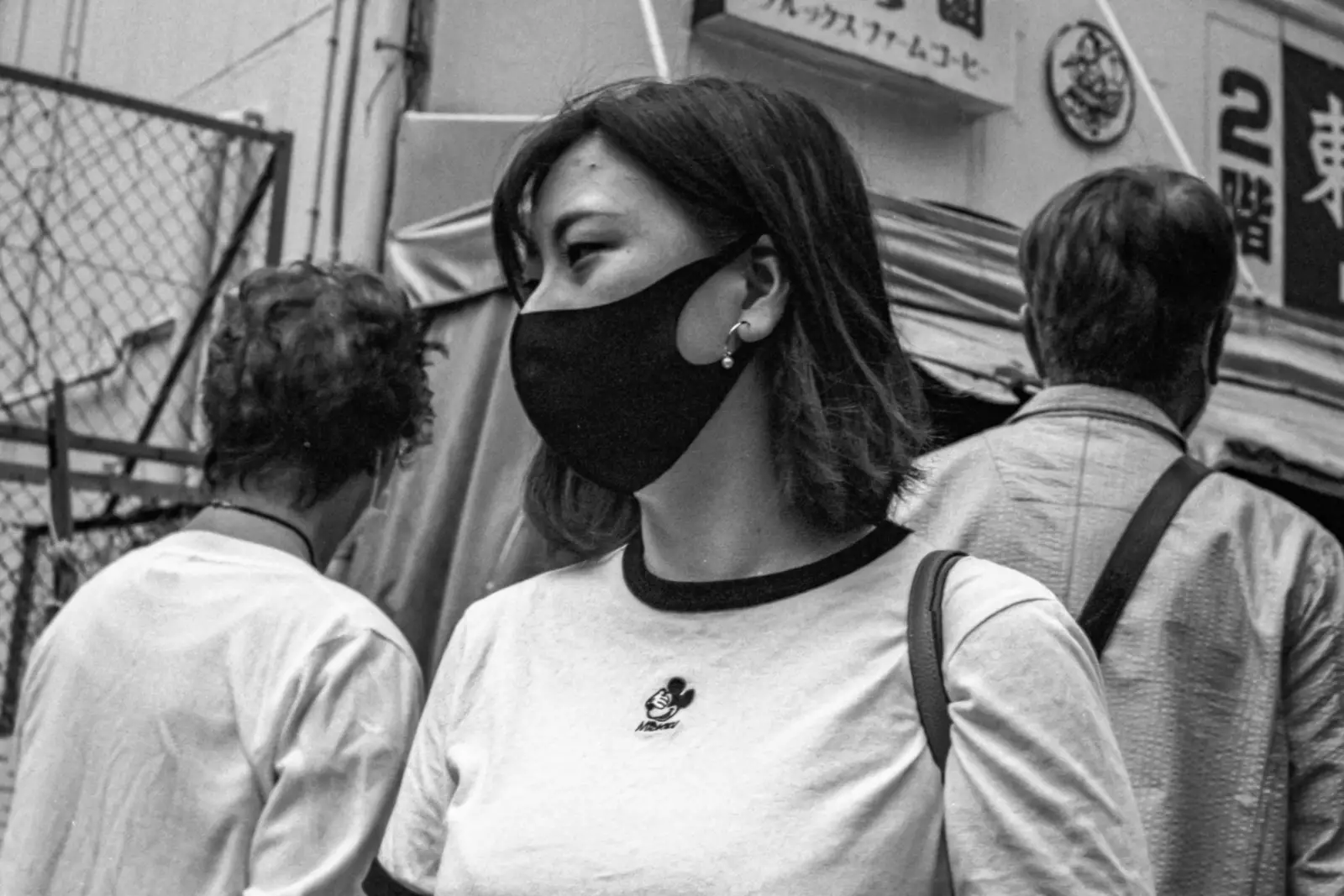
I took all the photos in this piece in the Tsukiji Outer Market, Higashi Ginza, Ginza, and Yurakucho areas of Tokyo using with Kodak T-Max 100, shot at ISO 650, and developed with caffenol. I shot with a Leica M3 and a 35mm f/2 first gen Summicron, and a Minolta CLE and a 40mm f/2 Leica Summicron-C. I have written about the Leica M3 for 35mmc and the link is here, and about the Minolta CLE for 35mmc here should you want to know more about the gear.
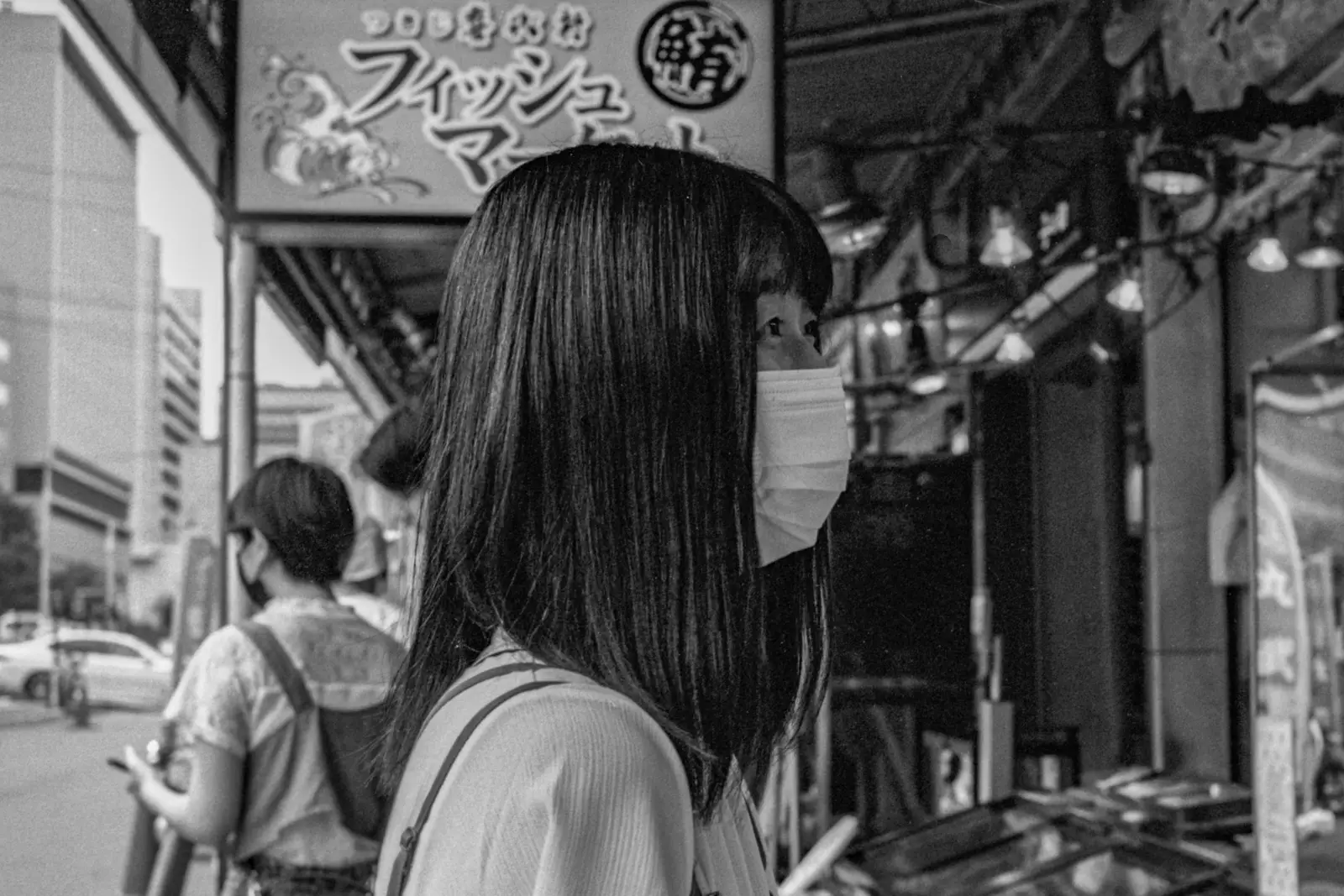
I am a street photographer who lives in Japan. If you would like to see more of my work, have a look at my website bleisteinphoto.com, or my Instagram @sbleistein.
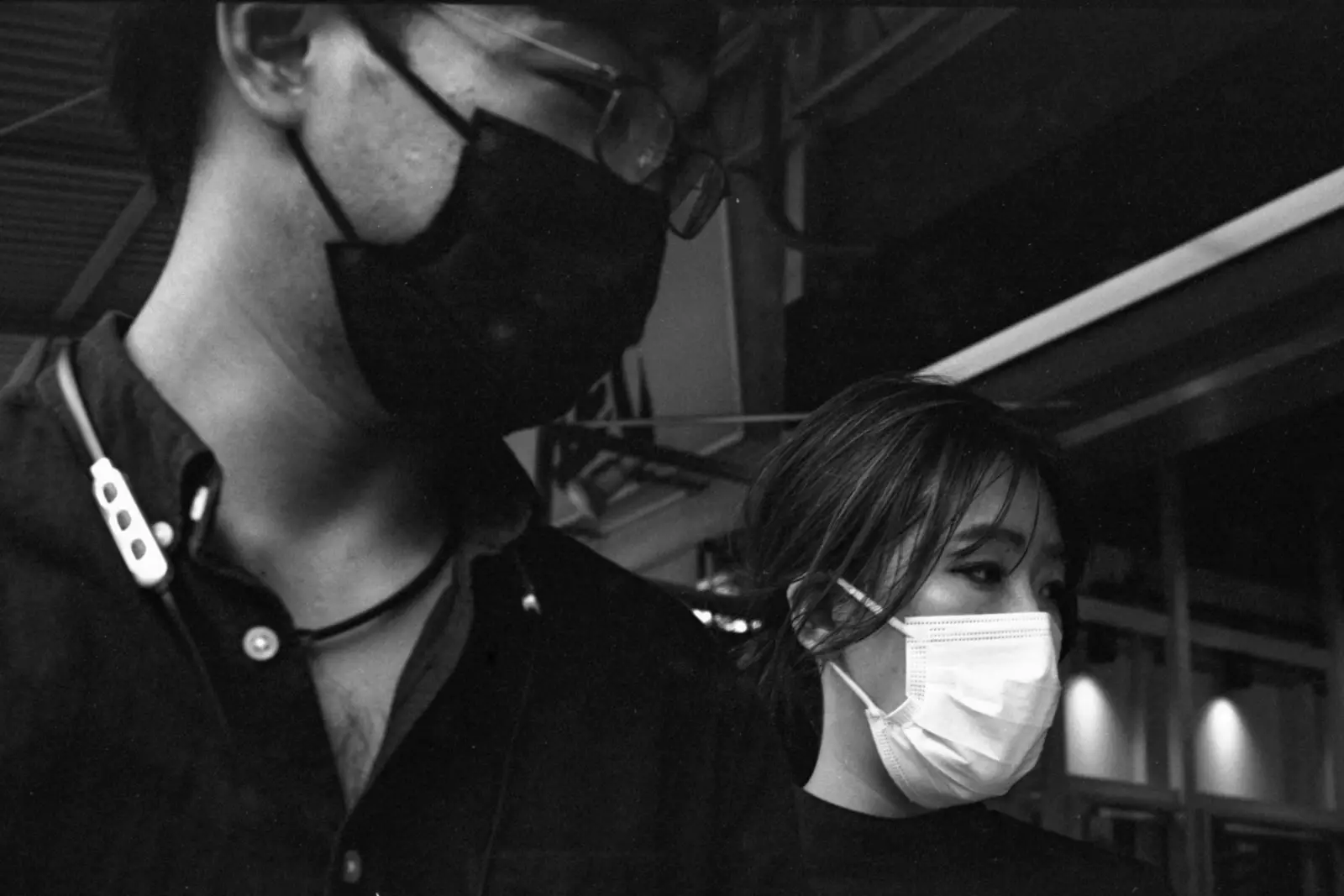
Share this post:
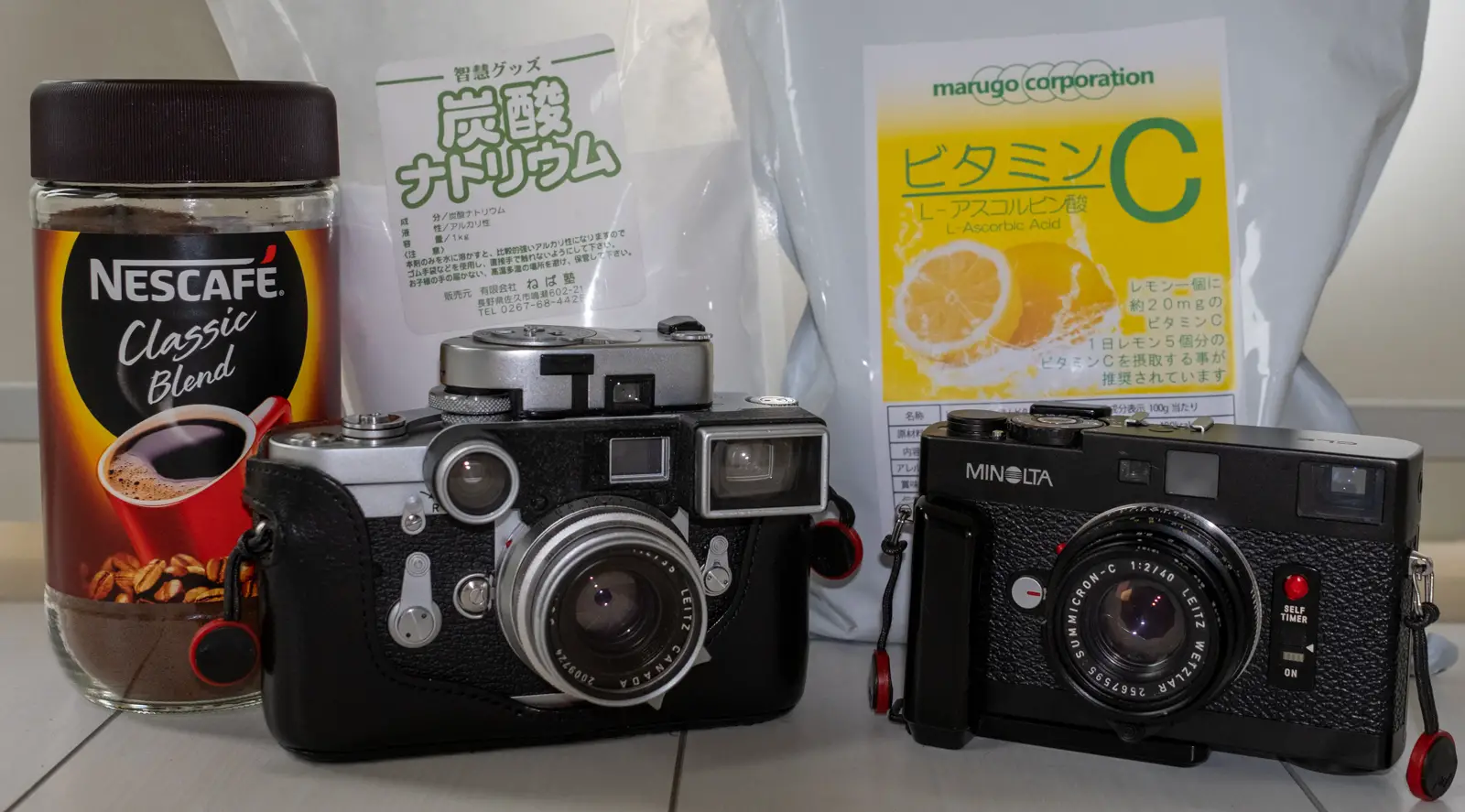








Comments
Gamini on Caffenol for Breakfast – My First Experiments with Homemade Developer – By Steven Bleistein
Comment posted: 25/07/2021
Comment posted: 25/07/2021
Floyd on Caffenol for Breakfast – My First Experiments with Homemade Developer – By Steven Bleistein
Comment posted: 25/07/2021
Comment posted: 25/07/2021
Gary Kuhlmann on Caffenol for Breakfast – My First Experiments with Homemade Developer – By Steven Bleistein
Comment posted: 25/07/2021
Comment posted: 25/07/2021
Phil on Caffenol for Breakfast – My First Experiments with Homemade Developer – By Steven Bleistein
Comment posted: 25/07/2021
Comment posted: 25/07/2021
Peter on Caffenol for Breakfast – My First Experiments with Homemade Developer – By Steven Bleistein
Comment posted: 25/07/2021
Comment posted: 25/07/2021
Calum Davey on Caffenol for Breakfast – My First Experiments with Homemade Developer – By Steven Bleistein
Comment posted: 26/07/2021
Comment posted: 26/07/2021
Martin JONES on Caffenol for Breakfast – My First Experiments with Homemade Developer – By Steven Bleistein
Comment posted: 27/07/2021
Comment posted: 27/07/2021
Lee on Caffenol for Breakfast – My First Experiments with Homemade Developer – By Steven Bleistein
Comment posted: 28/07/2021
Comment posted: 28/07/2021
Comment posted: 28/07/2021
Huss on Caffenol for Breakfast – My First Experiments with Homemade Developer – By Steven Bleistein
Comment posted: 31/07/2021
Comment posted: 31/07/2021